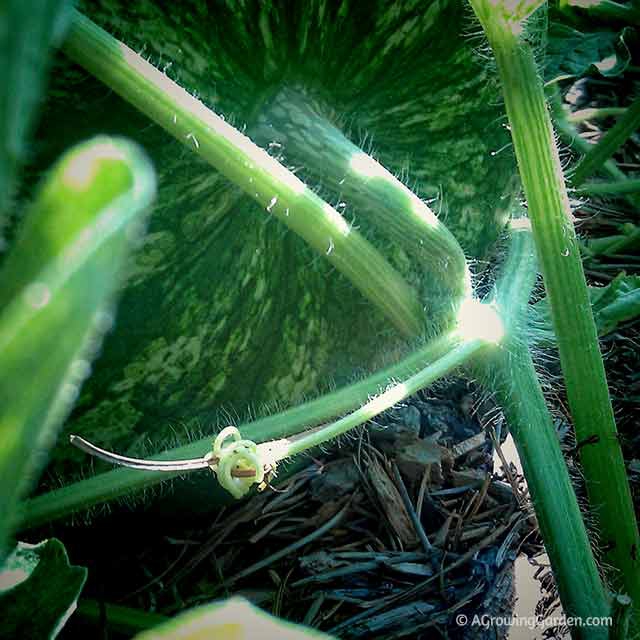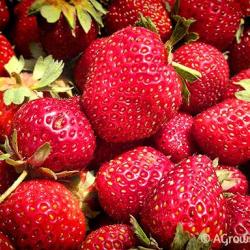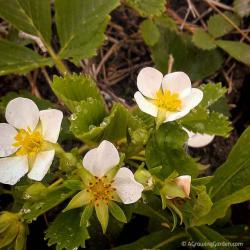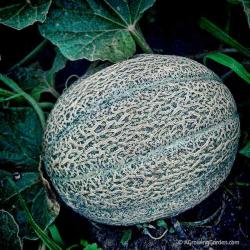
There is nothing like the taste of fresh, ripe watermelon, especially one grown and picked from your own garden. But, knowing when to harvest a watermelon can be a bit of a crap shoot and, trust me, there is nothing more disappointing than biting into an unripe watermelon.
It'll ruin your day.
Last year, we had more watermelon than we knew what to do with (full story here). However, having never really grown watermelon successfully before, we were pretty clueless about how to tell when they were ready to pick.
Once the first melons were nice and big and seemed ready, we just couldn't wait...
So, we picked a watermelon (or 2) using our uneducated assumption that being large in size meant the watermelon was probably ready to pick. We were so excited to bring the watermelon back to the kitchen and slice them open - only to be disappointed by the color, the taste, and the (LACK OF) sweetness. Many of those first watermelon we picked were simply not ripe. Size alone is not an indication of when a watermelon is ready to pick!
Unlike cantaloupes which will practically harvest themselves by disconnecting from the vine when mature, watermelons require a bit of inspection and some intuition too to know when they are really ready to harvest.
How to tell that a watermelon is ripe and ready to harvest:
- Keep track of the time since you planted the watermelon. Your watermelon seed packet will have a time frame for maturity. If you keep a record of when you planted the watermelon, you should be able to calculate when the fruit are starting to become mature and getting ready to harvest.
- Check the size of the fruit. Your watermelon seed packet should indicate the average size of the fruit when they are mature. If you know how big the watermelon should get, you'll have a better indication when they are ripe and ready to pick. (In my experience, size alone should not be used as an indication of ripeness. It will, however, give you a sense of when you should start looking for other indicators!)
- Look at the watermelon itself -- the surface of the watermelon will become dull, and the bottom of the watermelon (where it touches the ground) will change in color from white to yellow.
- Keep an eye on the curly tendrils adjacent to where the watermelon attaches to the vine -- these tendrils will become brown and start to die back when the watermelon is ready to harvest (this is a sign that the vine has stopped feeding the watermelon).
- Give it a thump -- when mature, some types of watermelons will make a hollow, dull sound when "thumped" with your hand (*Note: not all watermelon types will sound hollow when mature. We found this to be the least effective way to tell ... pretty much all of the watermelons sounded the same to us!)
Here is a photo of the bottom (where the watermelon was touching the ground) of a harvested Sugar Baby watermelon from our garden last year. You can see here the bottom of this watermelon is quite yellow (not white or creamy). It was ready to harvest.

And here are a few close up photos of the curly tendrils that grow next to where the watermelon fruit attach to the vine. These are Crimson Sweet watermelons growing in our garden this summer and, as you can see, the tendrils are still quite green and the watermelons are not yet ready to harvest.















Join the Conversation!
Horticultural Zone: texas
June 4, 2015
Thank you. Your information and great pictures were very helpful and told me just what I wanted to know
Reply